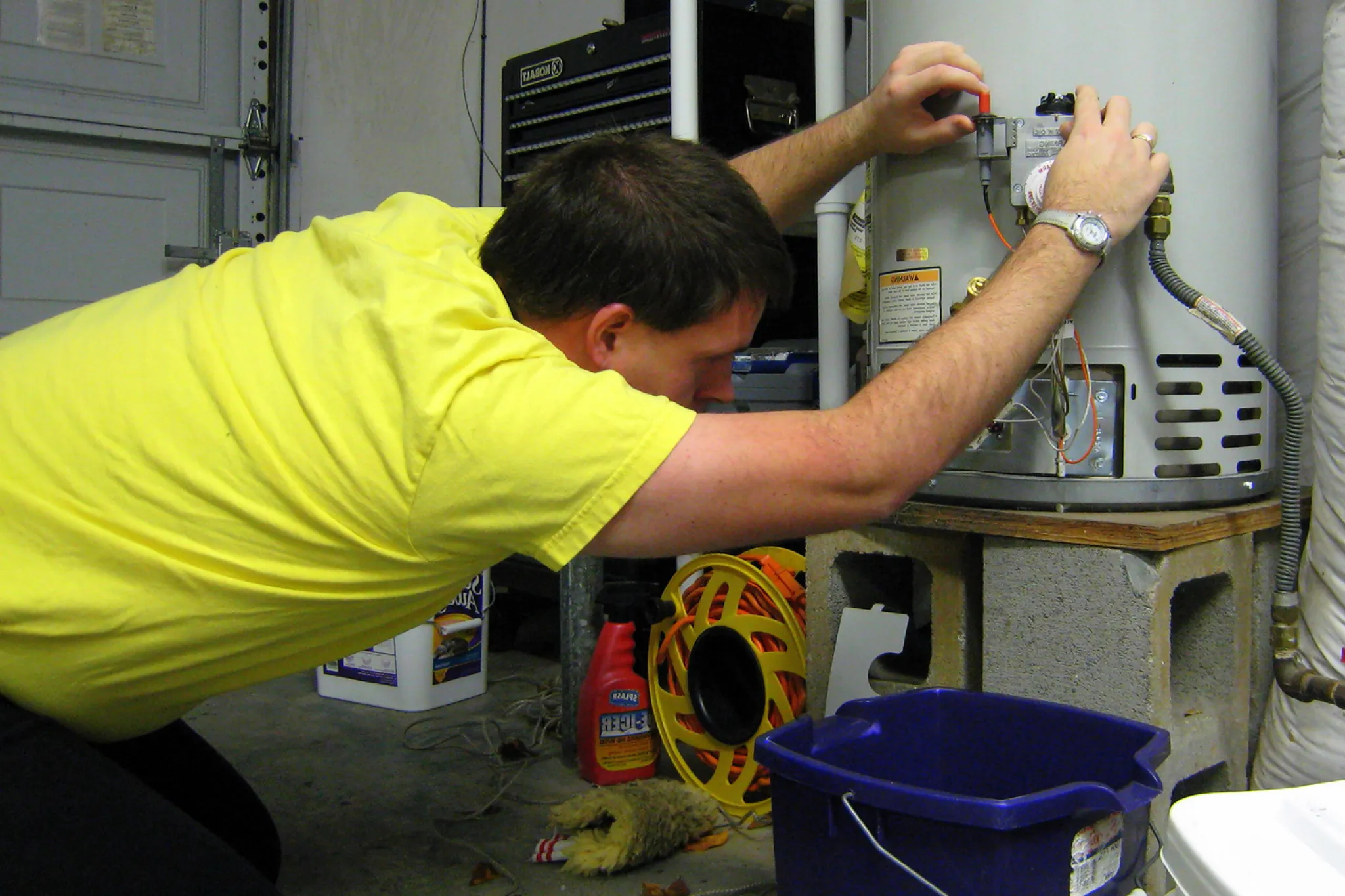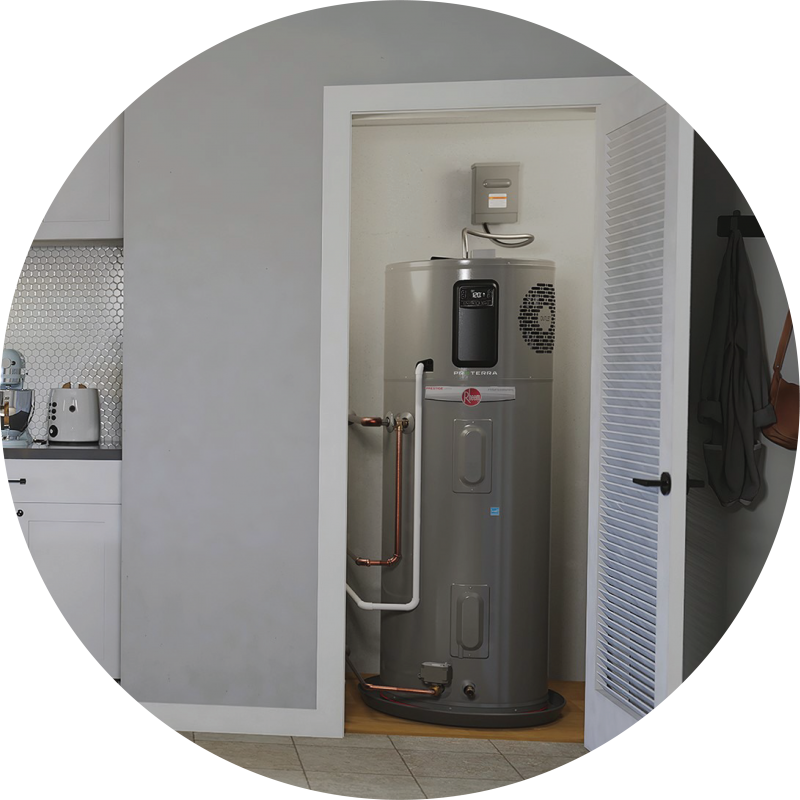Just about everyone may have his or her own conception with regards to Water Heater Maintenance Tips You Can't Afford to Forget.

Warm water is crucial for daily comfort, whether it's for a rejuvenating shower or cleaning dishes. To ensure your hot water system runs successfully and lasts much longer, regular maintenance is essential. This post gives practical tips and insights on exactly how to preserve your home's warm water system to stay clear of disruptions and costly repair work.
Introduction
Preserving your home's warm water system could appear daunting, yet with a few simple steps, you can ensure it operates smoothly for many years to find. This overview covers every little thing from recognizing your warm water system to do it yourself upkeep tips and knowing when to hire professional help.
Relevance of Keeping Your Warm Water System
Normal upkeep not just expands the life-span of your warm water system yet additionally guarantees it runs successfully. Ignoring upkeep can cause reduced effectiveness, higher energy bills, and even premature failure of the system.
Indicators Your Warm Water System Demands Upkeep
Understanding when your hot water system needs attention can prevent major concerns. Keep an eye out for indicators such as irregular water temperature, unusual noises from the heater, or corroded water.
Purging the Hot Water Heater
Flushing your water heater removes debris build-up, enhancing effectiveness and prolonging its life.
Checking and Changing Anode Rods
Anode poles avoid corrosion inside the tank. Evaluating and changing them when worn is essential.
Facility Concerns Needing Professional Help
Instances include major leakages, electric problems, or if your water heater is continually underperforming.
Regular Professional Upkeep Perks
Expert upkeep can consist of extensive inspections, tune-ups, and guaranteeing conformity with security standards.
Evaluating and Changing Temperature Setups
Changing the temperature level setups ensures optimum performance and safety and security.
Do It Yourself Tips for Maintenance
You can execute a number of upkeep tasks on your own to keep your hot water system in leading condition.
Checking for Leakages
Routinely check pipelines and connections for leakages, as these can bring about water damage and greater costs.
Understanding Your Warm Water System
Prior to diving into maintenance jobs, it's helpful to comprehend the standard components of your hot water system. Normally, this consists of the water heater itself, pipelines, anode poles, and temperature level controls.
Monthly Upkeep Tasks
Routine month-to-month checks can help capture minor problems prior to they escalate.
Checking Pressure Relief Valves
Examining the stress relief valve guarantees it functions properly and protects against excessive stress build-up.
Insulating Pipelines
Shielding hot water pipelines lowers heat loss and can conserve energy.
When to Call a Specialist
While do it yourself maintenance is helpful, some issues require expert expertise.
Final thought
Routine upkeep of your home's hot water system is vital for performance, long life, and cost savings. By complying with these pointers and knowing when to seek expert aid, you can ensure a dependable supply of hot water without unanticipated disturbances.
How to Maintain an Instant Hot Water Heater
Before tinkering with your hot water heater, make sure that it’s not powered on. You also have to turn off the main circuit breaker and shut off the main gas line to prevent accidents. Also turn off the water valves connected to your unit to prevent water from flowing into and out of the appliance. 2. When you’re done, you have to detach the purge valves’ caps. These look like the letter “T†and are situated on either side of the water valves. Doing so will release any pressure that has accumulated inside the valves while at the same time avoid hot water from shooting out and burning your skin. 3. When the purge valves’ caps are removed, you have to connect your hosing lines to the valves. Your unit should have come with three hoses but if it didn’t, you can purchase these things from any hardware or home repair shops. You can also get them from retail stores that sell water heating systems. Read the user’s manual and follow it to complete this task properly. When the hosing lines are connected, open the purge port’s valves. 4. You should never use harsh chemical cleaners or solutions when cleaning your unit. Make use of white vinegar instead. It should be undiluted and you’ll probably use about 2 gallons. 5. Now flush your water heater. This task should probably take about 40 minutes. We can’t give you specific directions for this because the procedure is carried out depending on the type, model and brand of your heater. With that being said, refer to the user’s manual. 6. When you’re done draining the unit, you have to turn off the purge port valves again. Remove the hosing lines that you earlier installed on each of the water valves. Put the valve caps (purge port) back in their respective places and be very careful so as not to damage the rubber discs that are found inside these caps. 7. Now that everything’s back in place, check your user’s manual again to find out how to reactivate your water heating system. 8. Once it is working, turn one of your hot water faucets on just to let air pass through the heater’s water supply pipes. Leave the tap on until water flows smoothly out of it. https://www.orrplumbing.com/blog/2014/september/how-to-maintain-an-instant-hot-water-heater/

I ran across that entry on How to Maintain a Hot Water Heater in a Few Simple Steps when doing research the internet. Enjoyed reading our review? Please share it. Help other people locate it. Many thanks for your time invested reading it.
Schedule Service